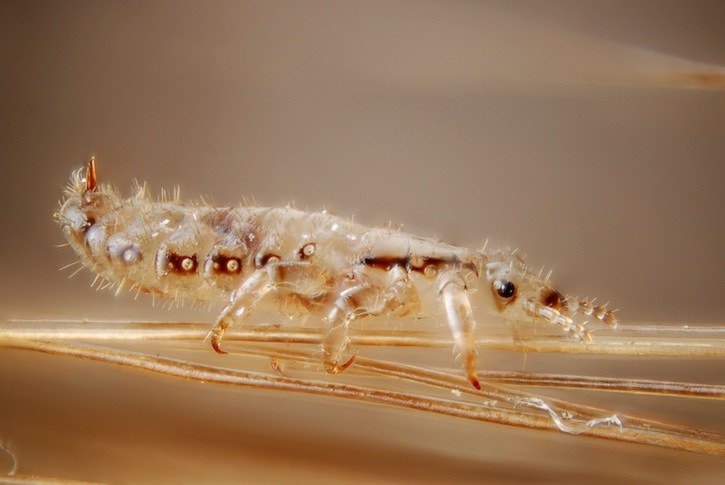diculosis.
You might know it by its more familiar name: a lice infestation.
Itchy yet? This writer has been seriously scratching for a week, since beginning research for this assignment!
These sesame-sized critters come with a few clinging myths. One is that they are a result of bad parenting; another is that a part of the bad parenting includes horrible hygiene; and yet another is that should some of your human critters bring home a headful of these hair-borne critters, your house must be quarantined.
None of these are true.
According to documentation from the Vancouver Island Health Authorities and various other online sources, here are some facts to arm yourself with.
Lice have been around for as long as we’ve scraped our knuckles walking upright. Maybe even before then.
Lice come equipped with six legs with claws at the end, which is how they hang on to hair. They don’t have wings, and they don’t fly or leap through the air from one head to the next. They only spread head-to-head.
Lice don’t distinguish between clean and dirty hair. It’s not like they have a smorgasbord to choose from. They are opportunists, and go to where the hair takes them.
Lice are more prevalent now than back when our grandparents were children, largely because they are very adaptive and many of the chemical treatments have lost their efficacy.
Lice lay several eggs every day. Depending on the source, you’ll read that they lay anywhere from three to 10 eggs a day. And they only lay their eggs on hair.
Lice have a life-span of about 30 days in human hair, and about 24 hours in the rug. They’ll die without the nourishment of human blood.
Not every scratch indicates lice.
Not every scalp responds with itching when lice are present.
Nits, depending on the source, sometimes refer to the egg and sometimes refer to the casing of a cracked egg. This author, after deep contemplation and some head-scratching of her own, finds the egg to be more threatening than an empty casing, and has thus concluded that the nits that must be picked out are the eggs.
A tick is far more dangerous than an infestation of lice. Besides causing itching and some social stigma from less-educated people, lice are essentially harmless. Ticks, on the other hand, can spread some very serious diseases.
Lastly, you don’t need to quarantine your house, or bleach the entire building, or limit your social activity to yelling at the Canucks as they lose another game.
The recommendation given through VIHA to parents via the schools is to use a special lice-comb along with white-coloured conditioner to comb your hair, combing section by section, every four days for two weeks. You can also speak with your pharmacist or your doctor if you want to pursue chemical treatment.
Prevention is a good (although not perfect) strategy. Don’t share hair products. Tie long hair back at school. Regularly look for lice.
Lice, you can get rid of. As annoying as those little white critters are, everyone survives lice. Even Cleopatra had her own solid gold lice comb. She survived that part.
Love, on the other hand, is a completely different story.
